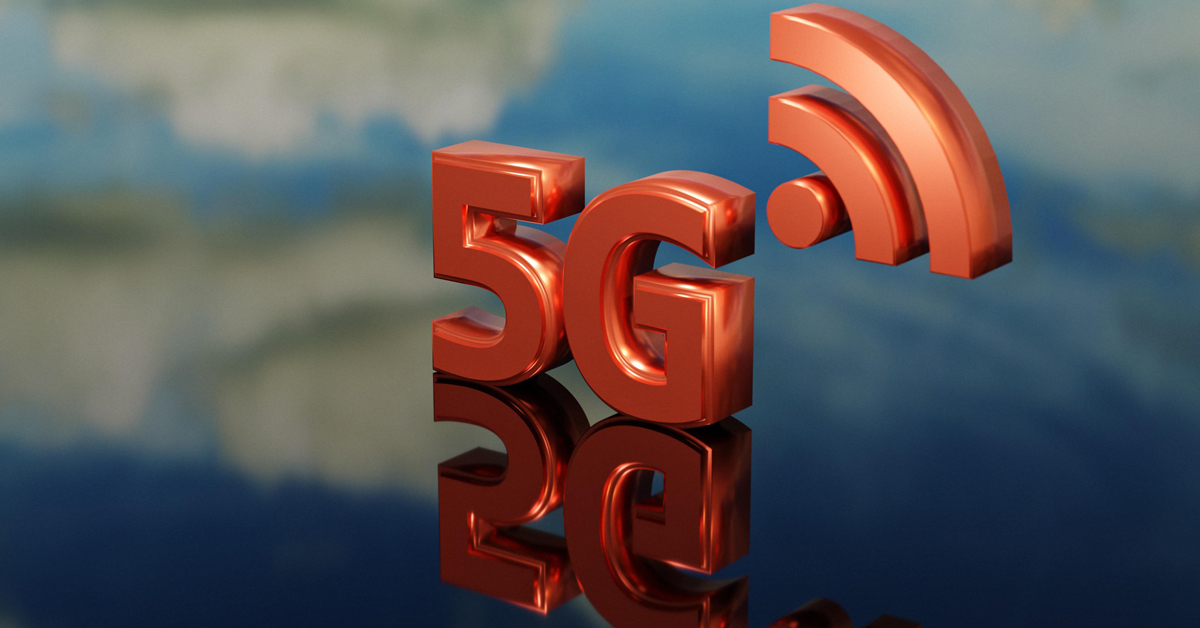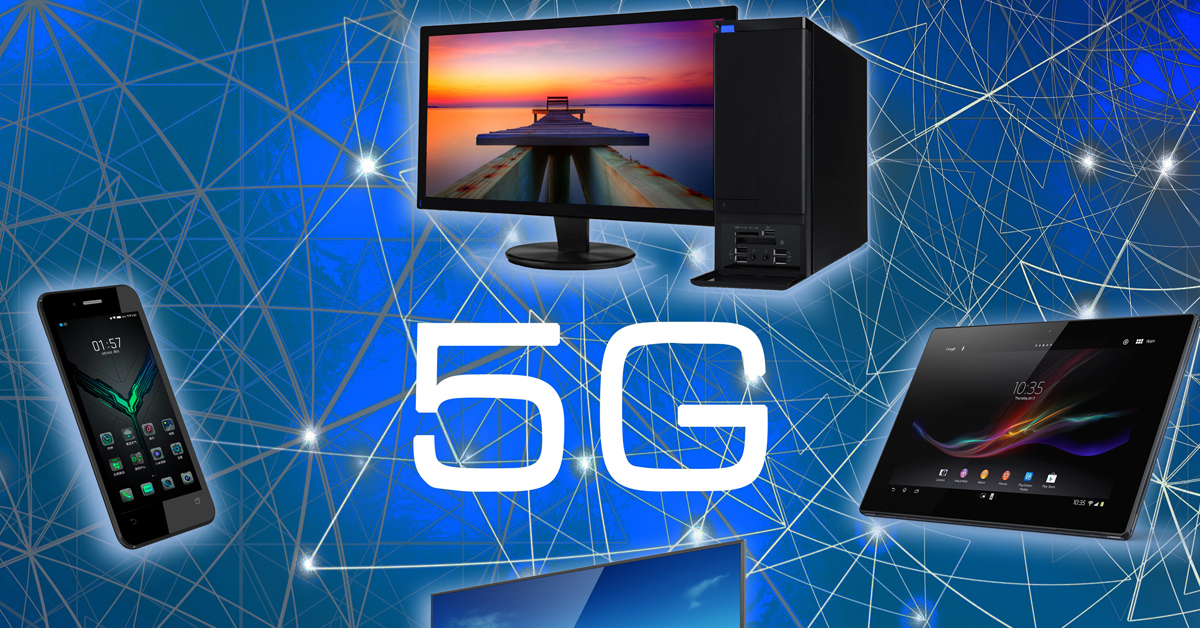Introduction
In a world driven by technological advancements, the arrival of 5G has brought about numerous possibilities and transformations. One such transformation that has captivated the attention of tech enthusiasts and businesses.it
Meaning of 5G UC
5G UC” typically stands for “5G Ultra Capacity” or “5G Ultra Capacity Network.” It refers to a specific feature of 5G networks that focuses on providing exceptionally high data capacity and faster speeds, especially in densely populated urban areas and at crowded events or locations. It is designed to handle a massive number of connected devices and deliver an improved network experience, making it ideal for applications that require high data throughput and low latency.
Understanding the technology
Defining
5G UC, also known as 5G Ultra Capacity, represents the next generation of wireless connectivity, surpassing the limitations of its predecessors. This cutting-edge technology is designed to deliver unparalleled speeds, incredibly low latency, and exceptional capacity, thereby connecting billions of devices seamlessly.
Unleashing Blazing Speeds
Users can bid farewell to buffering and slow download times. This revolutionary technology offers incredibly fast download and upload speeds, reaching up to several gigabits per second. Streaming high-definition videos, downloading large files, and engaging in real-time gaming experiences will be more seamless than ever before.
Redefining Latency
Latency refers to the time it takes for data to travel from one point to another. 5G UC brings about a paradigm shift in reducing latency to a remarkable extent. This translates into near-instantaneous response times, enabling real-time communication and interaction between devices.
Unprecedented Capacity
As our world becomes increasingly interconnected, the demand for data transmission and network capacity rises exponentially. it meets this demand head-on with its exceptional capacity. With its ability to handle massive amounts of data traffic, this technology assures uninterrupted connectivity to an ever-increasing number of devices simultaneously.
Key Features of 5G UC
Massive MIMO
5G UC leverages Massive Multiple-Input Multiple-Output (MIMO) technology to enhance network capacity and efficiency. Unlike traditional MIMO, which uses a limited number of antennas, 5G UC harnesses an extensive array of antennas, allowing for parallel data transmission. This results in a significant boost in network capacity and coverage.
Network Slicing
One of the groundbreaking features of it is network slicing. This technology divides the network into multiple virtual networks, each tailored to meet specific requirements, such as enhanced security, high bandwidth, or low latency. Network slicing enables the optimization of resources, making it possible to cater to diverse applications and industries simultaneously.
Edge Computing
5G UC brings processing power closer to the user through edge computing. By decentralizing computational capabilities, data processing can occur in closer proximity to the devices themselves, reducing latency and enhancing the overall efficiency of the network. This enables faster decision-making and real-time data analysis, benefiting applications such as IoT, autonomous vehicles, and smart cities.
The Implications
Transforming Industries
The impact of 5G UC extends far beyond personal convenience. Various industries stand to benefit significantly from this groundbreaking technology. Sectors like healthcare, transportation, manufacturing, and entertainment can leverage the unparalleled speeds, low latency, and massive capacity to usher in a new era of innovation and productivity.
Empowering IoT
The Internet of Things (IoT) has witnessed tremendous growth in recent years, and 5G UC serves as a catalyst to propel it even further. The exceptional capacity and low latency of 5G UC enable seamless connectivity and communication between countless IoT devices, leading to intelligent and automated systems that enhance our everyday lives.
Revolutionizing Communication
With 5G UC, communication as we know it will undergo a revolution. From high-definition video calls to augmented reality conferencing, the low latency and unparalleled speeds will enable immersive and interactive collaboration experiences. Additionally, the broadened capacity will ensure uninterrupted connectivity in densely populated areas, ensuring a seamless communication infrastructure.
Pros and Cons
Pros:
- Blazing-Fast Speeds: 5G UC offers unparalleled data transfer speeds, enabling lightning-fast downloads and uploads, ideal for streaming, gaming, and large file transfers.
- Low Latency: Ultra Capacity networks have minimal latency, reducing delays in data transmission. This is crucial for real-time applications like online gaming and augmented reality.
- High Device Density: 5G UC can support a vast number of connected devices simultaneously, making it suitable for crowded areas and the Internet of Things (IoT).
- Improved Network Reliability: The enhanced capacity and redundancy of 5G UC networks result in more reliable connections, reducing dropped calls and interrupted data sessions.
- Enhanced User Experience: Users can enjoy seamless video conferencing, 4K streaming, and augmented reality experiences with minimal buffering and lag.
- Business Applications: 5G UC benefits industries by enabling remote work, IoT deployments, and real-time monitoring, which can enhance productivity and efficiency.
Cons:
- Infrastructure Challenges: Implementing 5G UC requires significant infrastructure upgrades, including deploying more cell towers and small cells, which can be costly and time-consuming.
- Limited Coverage: 5G UC networks are primarily available in urban areas, and coverage in rural or remote regions may be limited, leading to a digital divide.
- Device Compatibility: To fully leverage 5G UC speeds, users need compatible devices. Not all smartphones and devices support 5G UC, potentially limiting adoption.
- Health Concerns: Some individuals have expressed health concerns regarding exposure to higher-frequency millimeter-wave (mmWave) radiation used in 5G UC networks, although scientific consensus supports their safety.
- Interference and Obstacles: mmWave signals used in 5G UC networks have difficulty penetrating obstacles like buildings and trees, which can limit coverage and signal quality indoors.
- Regulatory and Spectrum Challenges: Governments and regulatory bodies must allocate and manage the necessary spectrum for 5G UC, and spectrum allocation can vary by region, affecting deployment timelines.
Read more about 5G


